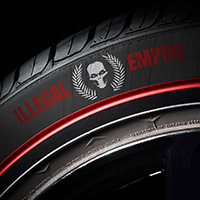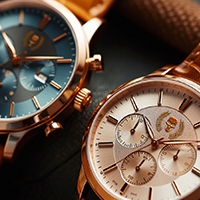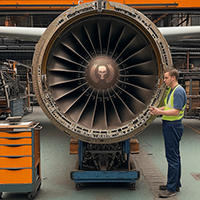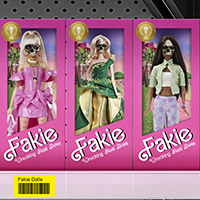The trade in counterfeit electrical goods is huge. And so are the risks to consumers, and to innovation.
Few people openly admit to deliberately buying counterfeit goods. It might be because they haven’t understood the provenance of their purchase, or because they simply don’t want to admit it - but according to a survey by the UK’s Intellectual Property Office, over 70% of consumers said they hadn’t bought counterfeit items and 60% said they never would.
The problem for them is that when they buy illicit electrical goods, they can find out the hard way. It can be a form of buyer’s remorse on a sometimes tragic scale. While many illegal electricals (from TVs to phone cables; chargers to hair straighteners) come in convincing packaging they can often be faulty as products or contain sub-standard components or inferior materials. These are not products which go through any form of safety verification checks.
And that has consequences - electrical shocks can be common, as can electrical fires, and these can sometimes cause serious injury and death. A report from UK charity Electrical Safety First reckons that faulty electrical products are the cause of more than 7,000 house fires a year in the UK.
It’s at this flashpoint that the duped consumers need the sort of emergency and health services to put out the fire or deal with electrical burns - services which are stretched and deprived of tax revenues by the gangs who deal in the counterfeits. Lost global lost tax revenues from the electrical industry run into the billions each year, considering the total global trade in illegal electricals is estimated at $100 billion per annum.
And, as with the other areas of illicit trade, those involved are usually polymaths of the crime world - dabbling in human trafficking, drug smuggling and terrorism.
The lost revenues of established goods are easier to quantify than the ‘what if’ billions of lost innovation. Criminals who ignore patents and create copies of products are especially effective with ground-breaking electrical goods such as new games consoles, or, in one famous case, hoverboards.
The inventor of the hoverboard, Shane Chen, watched as in the US in 2015 alone, 2.5 million of the boards were sold. And he saw almost no revenue as the market was flooded with imported Asian copies where producers had just ignored his patent. Around $300 million went to people other than the inventor of the product. Beyond that, the reputational damage of inferior products caused huge damage to the wider market.
According to Chen, “The low-cost version is too weak. And many catch fire because they're not properly wired to these low-cost batteries.”
The inventor needs to reinvent, the consumer rues a poor-quality dangerous product while key government infrastructure goes underfunded, and criminal gangs plough their profits into wider enterprises. That’s the upshot of the counterfeit electricals market.
Find out more about what governments and agencies can do about the problem at Crime Stoppers International.









